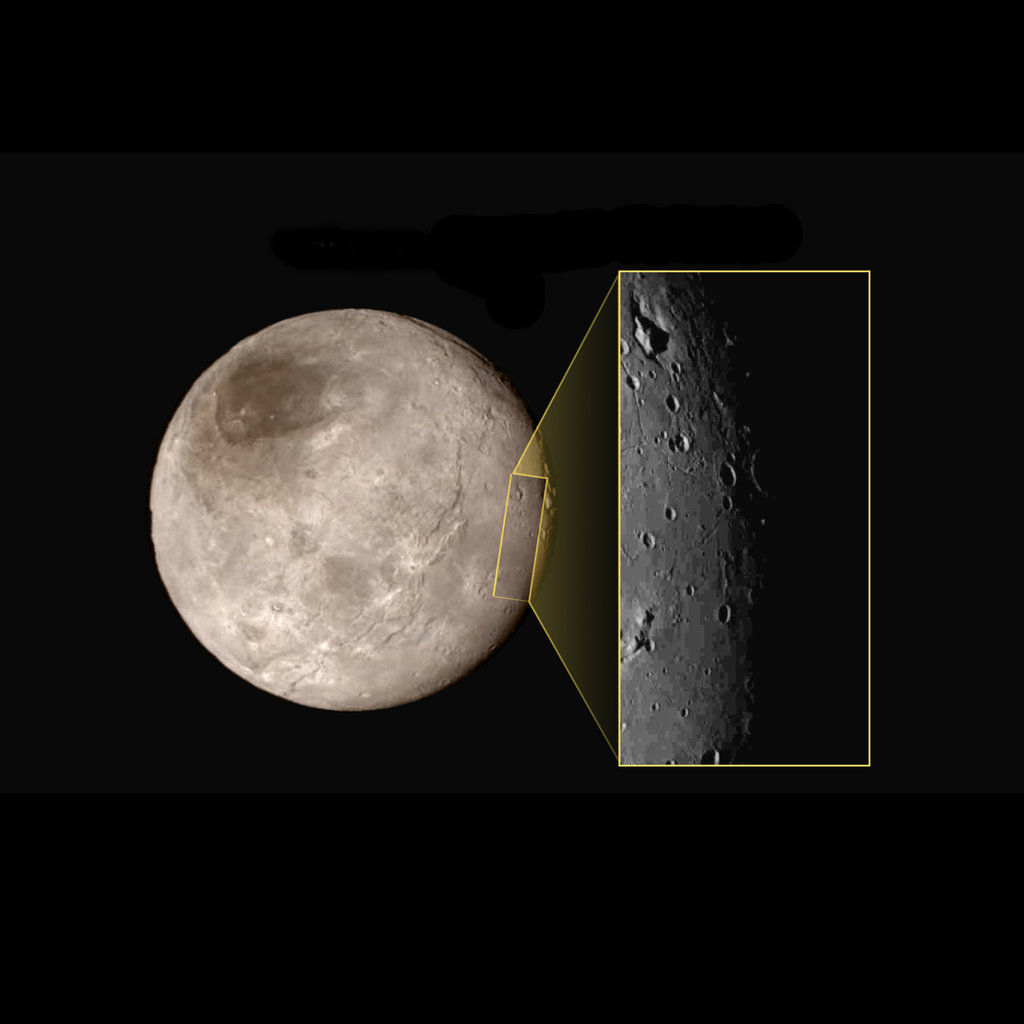
### A Revolutionary Finding: Decoding the Zebra Patterns within the Crab Nebula’s Pulsar
The universe is filled with enigmas, and one of the most intriguing can be found in the Crab Nebula, a remnant of a supernova that occurred approximately 6,000 light years away from our planet. For years, astronomers have been fascinated by this nebula, but since 2007, they’ve been stumped by an especially intriguing phenomenon: unusual zebra-striped patterns emerging from the radio waves radiating from its pulsar.
Now, a scholar from the University of Kansas, physicist Mikhail Medvedev, may have cracked this cosmic mystery. His research, published in *Physical Review Letters*, indicates that these bizarre patterns result from interactions between the pulsar’s radio emissions and the plasma surrounding it, shaped by the neutron star’s strong magnetic field. This discovery not only sheds light on the striped radio signals but also paves the way for new avenues of exploration in pulsar study—a category of celestial objects that continue to puzzle scientists even after years of investigation.
### An Overview of Pulsars and Their Emissions
The Crab Nebula, which emerged when a star exploded in a supernova around 1054 CE, is home to one of the universe’s most renowned pulsars. A pulsar is a form of neutron star—a highly dense remnant formed after the core of a colossal star collapses. These rapidly spinning neutron stars function like cosmic beacons, projecting beams of electromagnetic radiation from their magnetic poles that, when aligned with Earth, produce detectable pulses.
The pulsar in the Crab Nebula, identified as PSR B0531+21, rotates incredibly fast—about 30 times per second—producing regular signals across the electromagnetic spectrum, ranging from radio waves to X-rays. However, it is the radio emissions that exhibit the zebra-like stripes, a phenomenon that has intrigued astronomers for over a decade.
### The Fascination with Zebra Stripes: From Enigma to Understanding
The enigmatic patterns of radio emissions reveal alternating bright and dim stripes, similar to the black-and-white bands of a zebra. This displayed an odd behavior that seemed counterintuitive, given that pulsars usually show simpler, more consistent radiation patterns.
For many years, researchers endeavored to identify the cause of these irregularities. Medvedev’s pioneering research, employing wave optics principles, illustrates that the explanation lies in the way the radio waves interact with the pulsar’s magnetosphere—a region dominated by the star’s intense magnetic field, filled with a dense cloud of plasma.
### The Primary Mechanism: Plasma and Wave Interference
“Consider it this way,” Medvedev states, “when you shine light past obstacles, it doesn’t just move in a straight line. The waves bend around barriers and interact after passing through. This interaction creates bright and dark areas—what we term constructive and destructive interference.”
It turns out that the radio emissions from the Crab pulsar undergo a similar effect when they encounter the plasma in its magnetosphere. When these radio waves collide with the dense, charged particles surrounding the neutron star, they bend and overlap, generating interference patterns that appear as alternating stripes in the signal.
An essential revelation is the way different frequencies of the radio waves are influenced based on their wavelengths. Lower radio frequencies, being longer, reflect at broader radii in the magnetosphere, whereas higher frequencies delve deeper, creating more compact interference fringes. This frequency-dependent interaction plays a crucial role in determining the spacing of the zebra stripes detected in the pulsar’s radio data.
### Potential Applications: Cosmic Tomography
Medvedev’s findings don’t merely resolve an astronomical riddle—they harbor thrilling possibilities for upcoming pulsar research. The zebra stripes effectively serve as a “spectral map,” granting astronomers a novel instrument to scrutinize the environment around neutron stars.
Analyzing these interference fringes could enhance understanding of a pulsar’s magnetosphere. “By examining the zebra pattern, we can deduce the density and distribution of plasma surrounding the pulsar,” notes Medvedev. This method is parallel to a technique called tomography, where scientists generate intricate images of an object’s internal structure. In this instance, it may offer unparalleled insights into the plasma that envelops and interacts with the pulsar.
In essence, the investigation of these radio patterns might enable researchers to ‘visualize’ the complex magnetospheres of these dense cosmic entities, illuminating not just the characteristics of pulsar emissions but also the intricate physics of plasma behavior under extreme conditions.
### Glossary: Clarifying Key Concepts
For those less acquainted with the specialized language of astrophysics, here’s a brief glossary to clarify some of the key terms connected to this study:
– **Pulsar**: A highly magnetized, spinning neutron star that emits detectable beams of electromagnetic radiation from Earth as radio waves or light. These stars rotate rapidly owing to the conservation of angular momentum following their collapse.